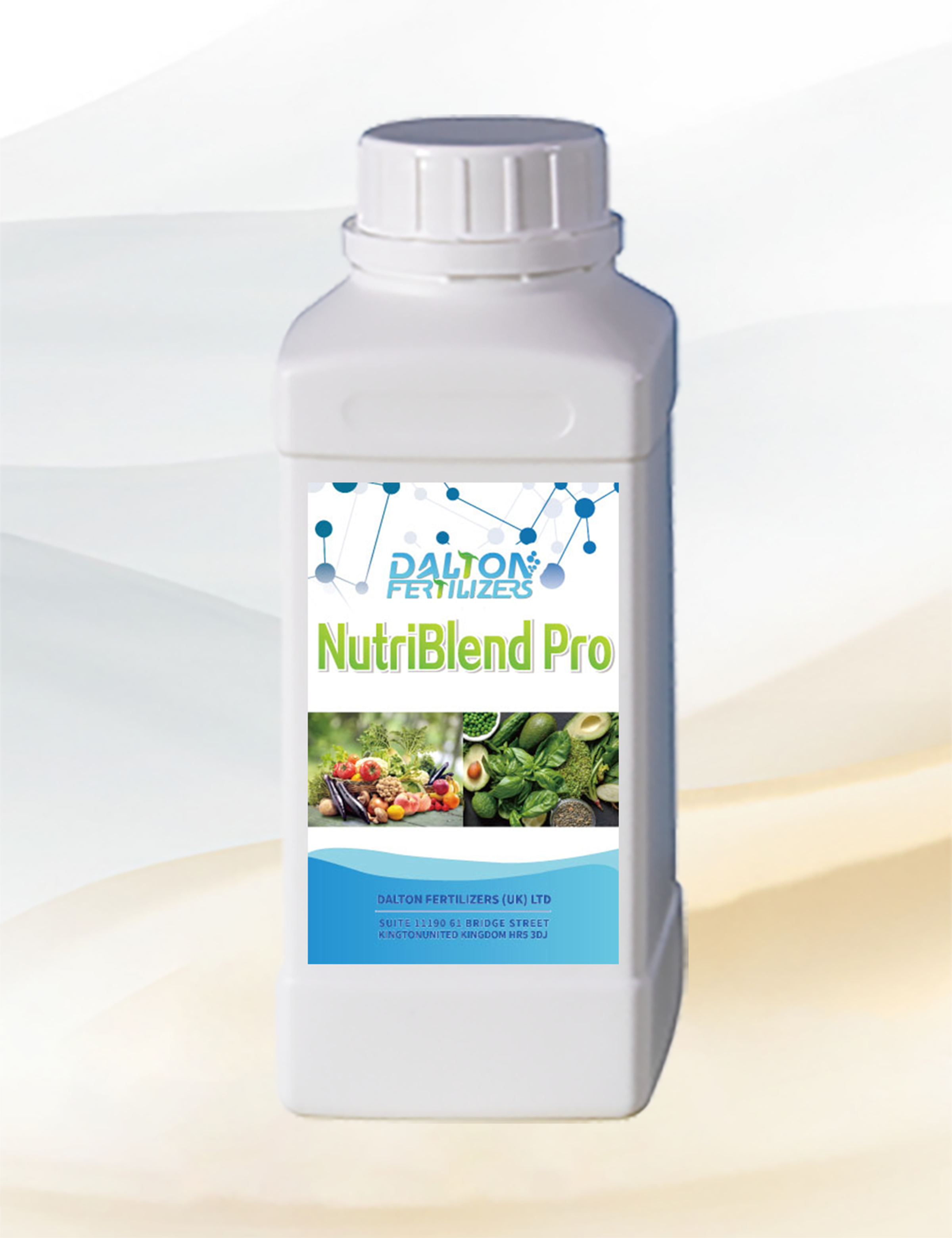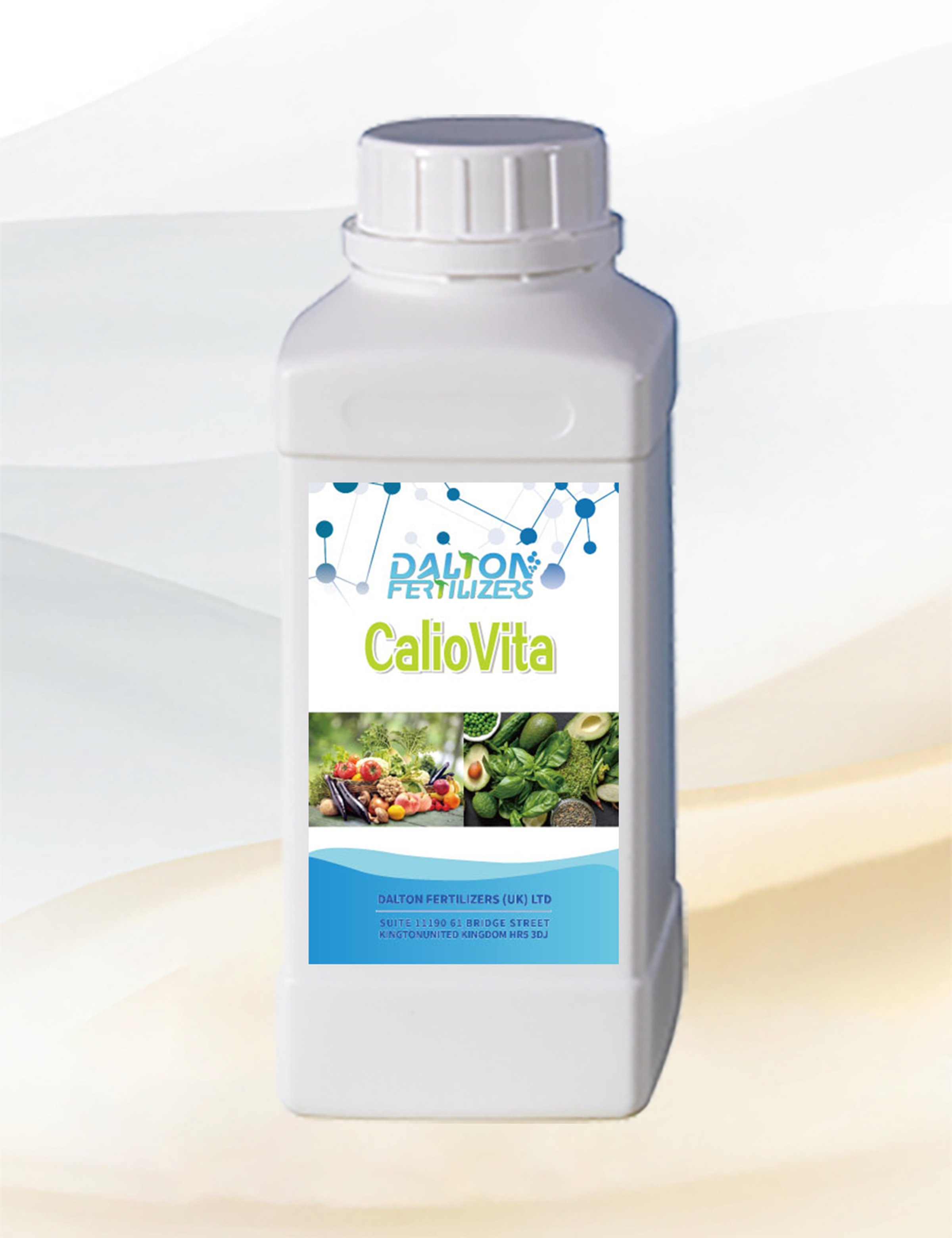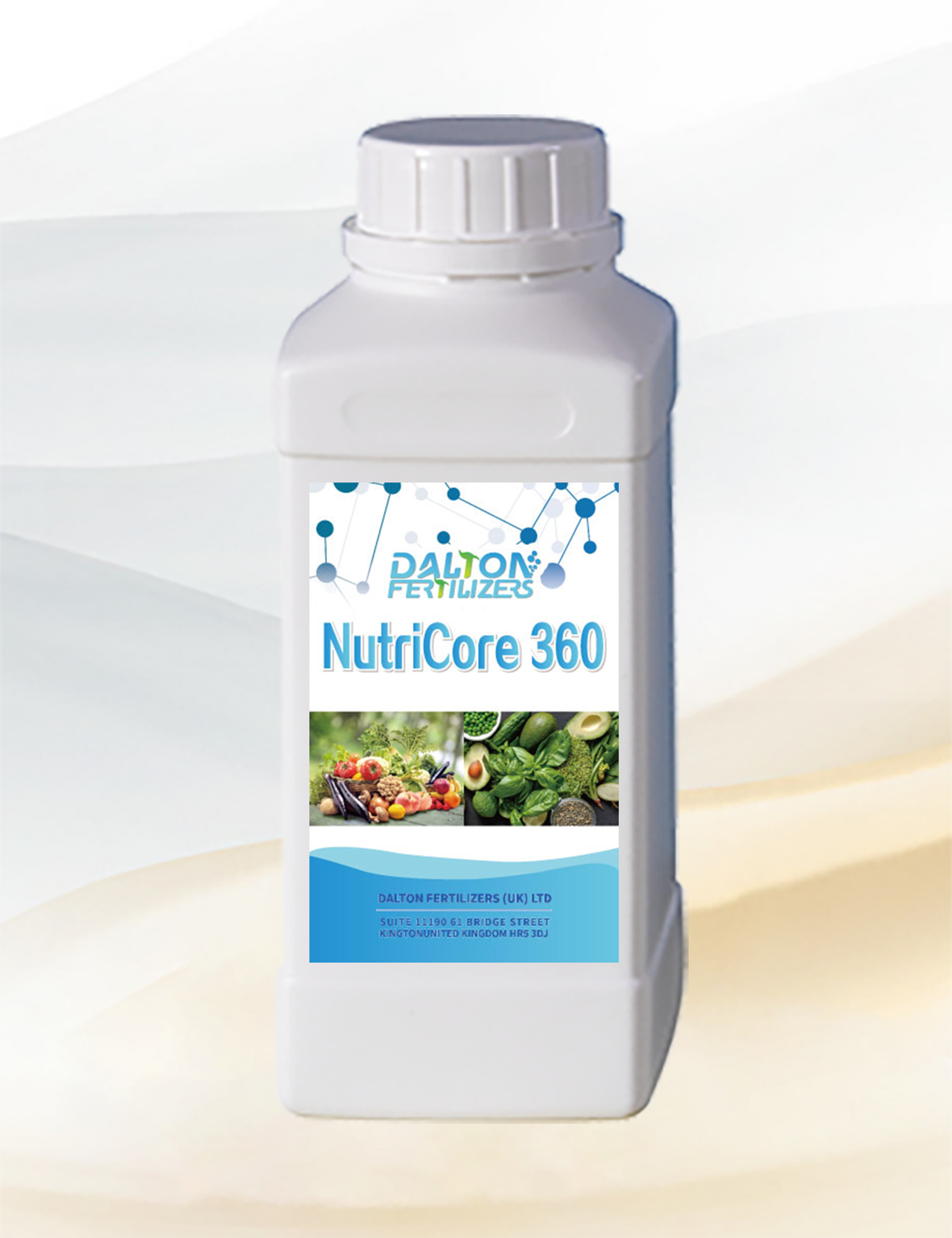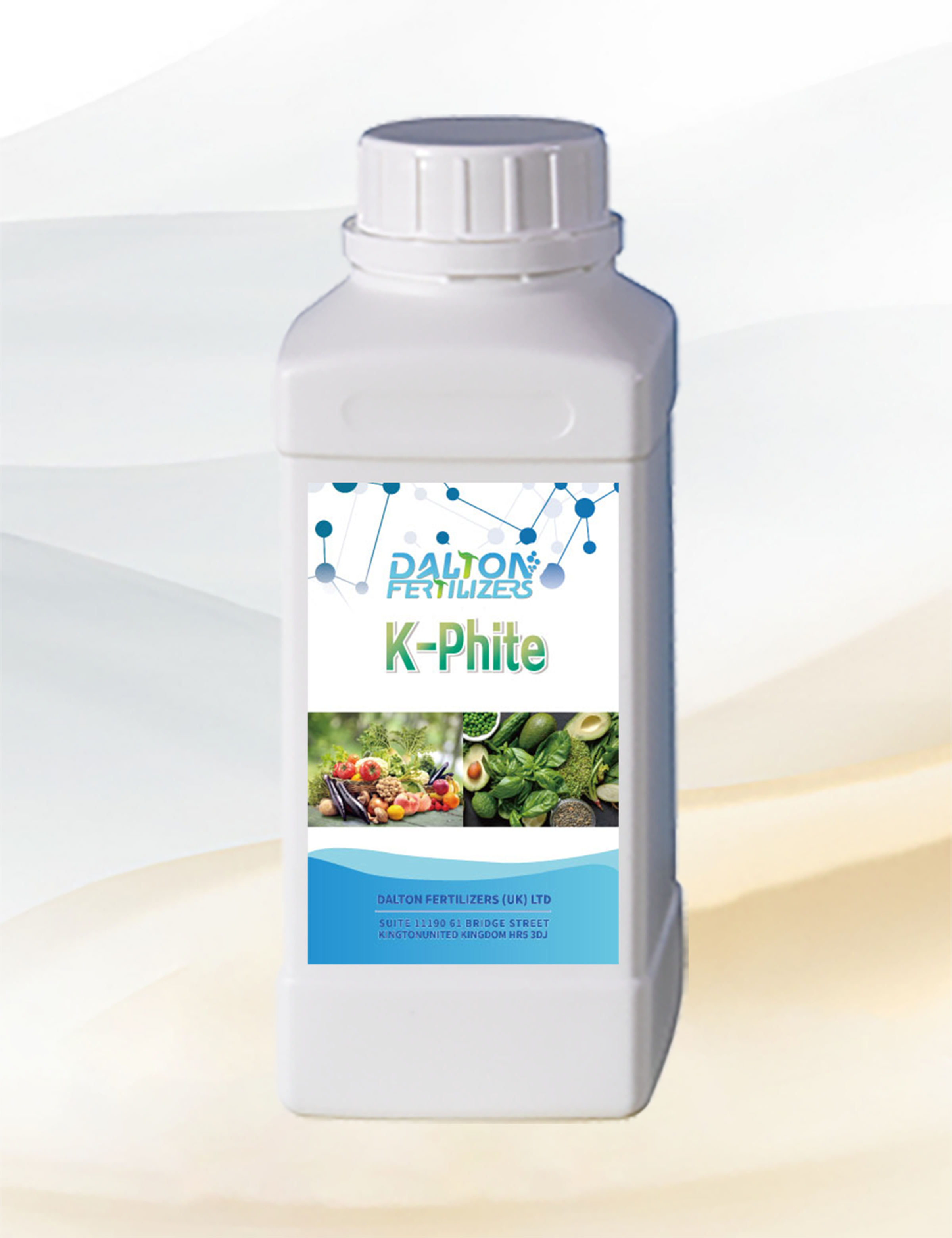
What is Silicon Fertilizer?
Silicon fertilizer is a multi-functional soil amendment derived from industrial byproducts like coal gangue and fly ash. These materials, often considered low-value waste from coal mining or power plants, are processed into nutrient-rich fertilizers. By repurposing these resources, silicon fertilizer not only reduces environmental waste but also improves soil fertility and crop productivity.
Unlike traditional fertilizers, silicon fertilizer serves dual roles: it acts as a nutrient source (providing silicon, classified as a secondary macronutrient) and a soil conditioner. Its unique adsorption properties help balance soil pH, enhance water retention, and improve nutrient availability—making it indispensable for sustainable farming.
Key Benefits of Silicon Fertilizer
Strengthens Crop Resilience
Silicon fortifies plant cell walls, forming a protective “armor” (silicated cells) that shields crops from pests, diseases, and environmental stressors like drought or extreme temperatures. This boosts anti-stress capabilities, reducing reliance on chemical pesticides.
Enhances Photosynthesis & Yield
By improving light absorption, silicon fertilizers increase organic matter accumulation in plants, leading to healthier stems, reduced lodging (falling over), and higher yields. Crops like rice, sugarcane, and corn show remarkable improvements.
Improves Fruit Quality
Silicon-treated crops produce higher-quality harvests: fewer deformed or cracked fruits, better coloration, and extended shelf life. This enhances marketability and profitability for farmers.
Revitalizes Soil Health
Silicon fertilizers neutralize acidic soils, boost microbial activity, and improve nutrient retention. Over time, they transform degraded soils into fertile, productive land.
How to Apply Silicon Fertilizer for Optimal Results
1. Dosage Guidelines
Silicon fertilizer works best in silicon-deficient soils. Application rates depend on the product’s effective silicon content:
- High water-soluble silicon (50–60%): Apply 8 kg per acre as a base fertilizer.
- Moderate solubility (30–40%): Use ~40 kg per acre (common for steel slag-based fertilizers).
- Low solubility (<30%): Apply ~100 kg per acre for noticeable effects.
Crop-specific needs:
- High-demand crops: Rice, wheat, sugarcane, corn.
- Moderate-demand crops: Fruits (watermelon, melon), vegetables, soybeans, and peanuts.
2. Application Methods
Citrus-Soluble Silicon Fertilizer: A slow-release, cost-effective option ideal for base fertilization. Mix into soil before planting.
Water-Soluble Silicon Fertilizer: A fast-acting foliar spray. Apply 2–3 times per growth cycle, preferably in the early morning or late afternoon to avoid evaporation. Add a wetting agent to improve absorption.
3. Precautions
- Avoid over-spraying foliar silicon—high concentrations can burn leaves and reduce photosynthesis.
- Combine foliar sprays with soil applications for balanced nutrition.
- Silicon supplements cannot replace NPK fertilizers, but should complement them.
Why Choose Silicon Fertilizer?
Silicon fertilizer is a game-changer for farmers seeking eco-friendly, high-efficiency solutions. By repurposing industrial waste like coal gangue, it supports circular economies while delivering:
- Soil regeneration
- Reduced chemical dependency
- Higher crop quality and profits
Always test soil silicon levels before application and consult local guidelines. For tailored solutions, explore our range of water-soluble and citrus-soluble silicon fertilizers designed to maximize your crop’s potential.




